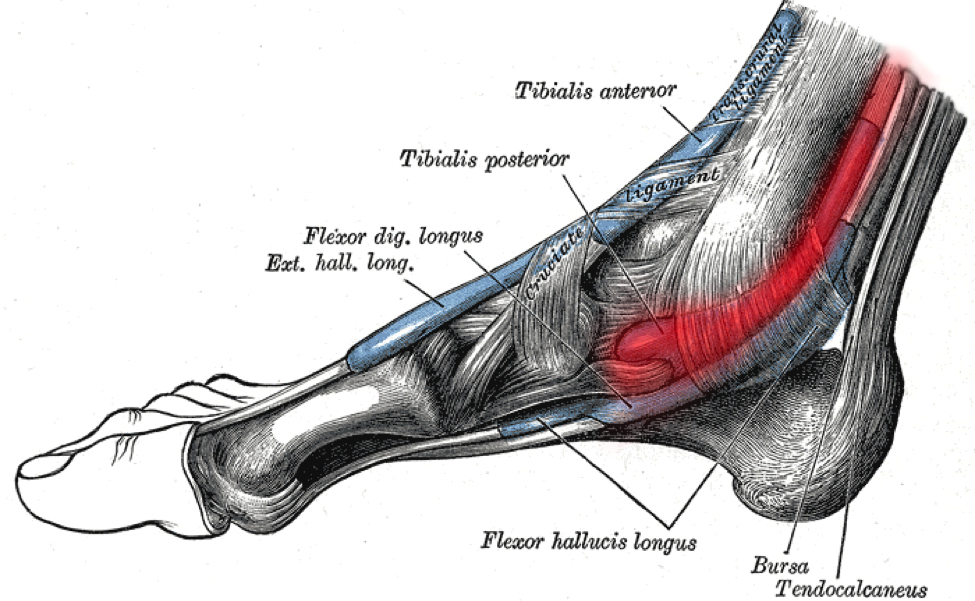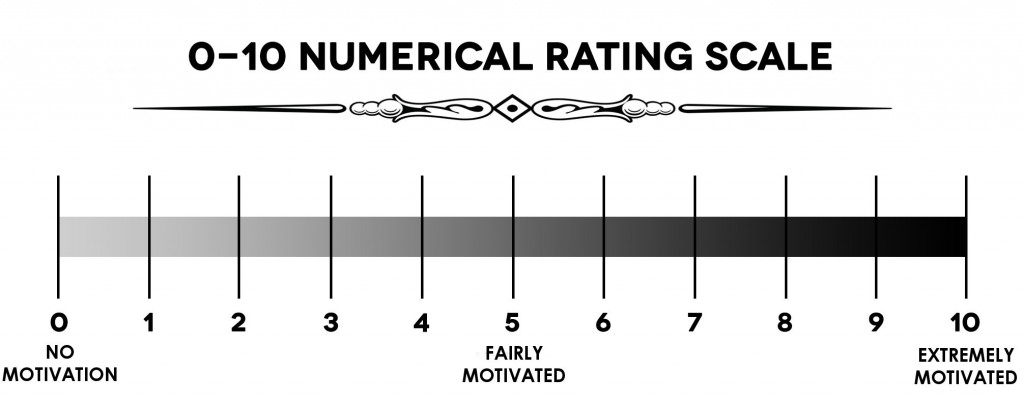The upside to adversity is that I get to learn something. If that’s true then I am an expert genius on problems with my left foot and lower-leg. I’ve fought various aches and pains in my left foot region and the war continues! I am grateful to be on the very tale end of a successful battle against posterior tibialis tendinopathy (PTT).
Why does a tendon hurt?
The injury mechanism is that the tissue has been stressed beyond its ability to recovery. Too much stress/too fast/too often is the problem. Thus, the tissue must be unloaded and rested enough that it heals. Tendons, compared to muscle and skin, don’t get much blood flow so they need longer to repair than blood-rich tissue.
Time off?!?!
I took the whole month of January off. Every runner — probably every athlete or fitness enthusiast in any discipline — shudders at the idea of taking time off, especially a whole month. “I’ll get out of shape!” or “But I have a race in X-number of weeks!” we say. Well, here’s some news for you: If you’re injured then you’re out of shape. Let’s say that together: IF YOU’RE INJURED THEN YOU. ARE. OUT. OF. SHAPE! You’re busted. Broke. Lame. Dead in the water. Out of the race. It’s the agonizing truth.
If you’re injured then you’ve dug your way into a hole. Trying to run your way out of a running injury is like trying to dig your way out of a hole.
You get what I’m saying?
If you don’t want to prolong the condition, if you want to get back to serious training (as opposed to piecemeal, sporadic, painful, crappy training) sooner rather than later, then STOP RUNNING RIGHT NOW! Bite the feces-covered bullet and prepare to take several weeks off. This is a test of your discipline. You may think you’re disciplined because you do all this running but discipline isn’t doing what you like to do, discipline is doing what you need to do.
Or, just like me and a bunch of other runners, you can believe you’re the exception, you’re made of magic, you’re different from all the other humans and your PTT will resolve in miraculous fashion. I took a few days off, tried to keep running, and I was still hurt. I did that a couple of times. Reality, in all its brilliant, gruesome glory was sitting on my chest, trying to kill me. But January was a better month to take off than all the other months coming my way and I decided it was time to stop being stupid.
You’re a grownup. You’ll make your own decision but guess what: At some point you’ll stop running. You can either make the choice or it’ll be made for you.
(I’m an expert at dispensing this type of advice but it’s as painful and difficult for me to follow as it is for anyone else. Let me make the dumb mistakes so you don’t have to. Also, for a big pile of woe, read the Let’sRun.com forum on PTT, where you can read about people who’ve dealt with this curse for months and years. My bet is they haven’t taken sufficient time off. But if you read about those who overcame PTT, you’ll see most of them took a significant break from running.)
Fortunately, I could bike and lift. Those aren’t perfect substitutes for running but what is? I was able to keep my body in decent shape. I found peace of mind, and a sense that I wasn’t helpless. The good news is I improved my cycling and my numbers went up on the weights. Hooray me.
Some useful resources
Dr. Nick Studholme is always helpful when I’m hurt and can’t figure out why or what to do about it. He showed me how to use Dynamic Tape to help unload the tendon. He also provided me with the following two resources.
Return to Running Rules of Thumb – Are you ready? This contains specific bench marks that you should be able to hit before you return to running. Some of the terminology may not be familiar to you if you don’t have an education in kinesiology. Do your own research, contact me, or contact a physical therapist for help understanding this information. If you pass these tests then you’re ready for…
Zeren PT Return to Running Program. I like the specific, progressive instructions here. Even though I’m a fitness professional, it helps if I get outside guidance and rules to follow. As the saying goes, “The lawyer who represents himself has a fool for a client.” Might as well replace “lawyer” and “represents” with “coach” and “coaches.” If left to my own guidance then I’ll tend to do too much too soon too fast and I’ll get hurt again.
4 Ways to Prevent and Treat Posterior Tibial Tendonitis is from Runnersconnect.net. This is a thorough, well-researched article. In it you’ll find various strategies to address PTT including pictures, exercises, and specific exercise protocols. I used a lot of the information here.
Below is a taping strategy that can help unload the posterior tibialis and support the arch. Dr. Nick Studholme used Dynamic Tape on me. I’ve been taped with KT Tape and Rock Tape before and I can say for certain that Dynamic Tape provides more resistance than either of the other two and it stays on longer. Also, I tried doing it on my own and it doesn’t work. Get a friend to help or have your physiotherapist do it.
Running technique
In the past, fixing my technique was the key to overcoming a collection of running-related problems and pains. I believe a regression in my technique is what brought on this PTT. I know how to run. I help my clients regain good running form — but I’m not perfect and I can’t watch myself run. My technique slipped and I didn’t know it until I got some expert eyes on the case.
I’m enormously grateful for the help of my new running coach, Andrew Simmons of Lifelong Endurance. Through his guidance I’ve shored up my technique. The first time we met he videoed me running and we saw some faults. I won’t go into the specifics here but he helped me bring awareness to what I was and wasn’t doing correctly and now I’m running better. I believe good technique will help keep my tendons healthy.
If you’re dealing with nagging running injuries then perhaps the way you’re running is the problem. I highly recommend time with a coach. You don’t know what you don’t know. The right coach does know. It’s money and time well spent.
Up next…
My PTT was similar in some regards to achilles problems I’ve had in the past, but it was different in its tenacity and response to treatment efforts. In the next post I’ll discuss my rigid arch and why I believe it has contributed to my foot problems. I’ll also demonstrate a mobility drill, foam rolling techniques, strength exercises that helped, and some running technique points.


